Related Research Articles

Gibran Khalil Gibran, usually referred to in English as Kahlil Gibran, was a Lebanese-American writer, poet and visual artist, also considered a philosopher although he himself rejected the title. He is best known as the author of The Prophet, which was first published in the United States in 1923 and has since become one of the best-selling books of all time, having been translated into more than 100 languages.
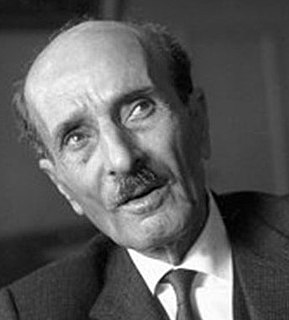
Mikha'il Nu'ayma, better known in English by his pen name Mikhail Naimy, was a Lebanese Greek Orthodox poet, novelist, and philosopher, famous for his spiritual writings, notably The Book of Mirdad. He is widely recognized as one of the most important figures in modern Arabic literature and one of the most important spiritual writers of the 20th century.
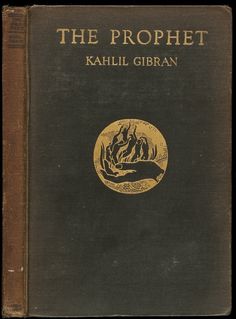
The Prophet is a book of 26 prose poetry fables written in English by the Lebanese-American poet and writer Kahlil Gibran. It was originally published in 1923 by Alfred A. Knopf. It is Gibran's best known work. The Prophet has been translated into over 100 different languages, making it one of the most translated books in history, and it has never been out of print.
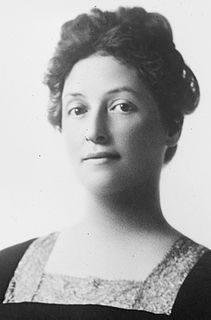
Josephine Preston Peabody was an American poet and dramatist.

Paul-Gordon Chandler is the Bishop of the Episcopal Diocese of Wyoming in the USA. An author, art curator, peacemaker, and social entrepreneur, his previous roles have included serving as both a non-profit executive and US Episcopal priest. Paul-Gordon Chandler grew up in West Africa (Senegal) and has lived and worked in leadership roles throughout the world, with an emphasis on the Middle East and Africa, with ecumenical publishing, relief and development agencies, the arts and The Episcopal Church. His acclaimed book on Kahlil Gibran, the best-selling Lebanese born poet-artist and author of The Prophet, is IN SEARCH OF A PROPHET: A Spiritual Journey with Kahlil Gibran.
The Mahjar was a literary movement started by Arabic-speaking writers who had emigrated to America from Ottoman-ruled Lebanon, Syria and Palestine at the turn of the 20th century. Like their predecessors in the Nahda movement, writers of the Mahjar movement were stimulated by their personal encounter with the Western world and participated in the renewal of Arabic literature, hence their proponents being sometimes referred to as writers of the "late Nahda". These writers, in South America as well as the United States, contributed indeed to the development of the Nahda in the early 20th century. Kahlil Gibran is considered to have been the most influential of the "Mahjar poets" or "Mahjari poets".

Elia Abu Madi was a Lebanese poet.
Madman or Mad Man may refer to:

Nasib Arida was a Syrian-born poet and writer of the Mahjar movement and a founding member of the New York Pen League.

Kahlil G. Gibran, sometimes known as "Kahlil George Gibran", was a Lebanese American painter and sculptor from Boston, Massachusetts. A student of the painter Karl Zerbe at the School of the Museum of Fine Arts, Boston, Gibran first received acclaim as a magic realist painter in the late 1940s when he exhibited with other emerging artists later known as the "Boston Expressionists". Called a "master of materials", as both artist and restorer, Gibran turned to sculpture in the mid-fifties. In 1972, in an effort to separate his identity from his famous relative and namesake, the author of The Prophet, Gibran Kahlil Gibran, who was cousin both to his father Nicholas Gibran and his mother Rose Gibran, the sculptor co-authored with his wife Jean a biography of the poet entitled Kahlil Gibran His Life And World. Gibran is known for multiple skills, including painting; wood, wax, and stone carving; welding; and instrument making.
The Baháʼí Faith (بهائی) has a following of at least several hundred people in Lebanon dating back to 1870. The community includes around 400 people, with a centre in Beit Mery, just outside the capital Beirut, and cemeteries in Machgara and Khaldeh. On the other hand, the Association of Religion Data Archives estimated some 3,900 Baháʼís in 2005.

The Kahlil Gibran Memorial Garden is a public garden located at 3100 Massachusetts Avenue, N.W. Washington, D.C., "within a wooded ravine known as Woodland-Normanstone Park". At its center are a bronze sculpture of the Lebanese-American writer, poet and visual artist Kahlil Gibran by Gordon Kray and a star-shaped fountain surrounded by limestone benches engraved with quotes of Gibran.
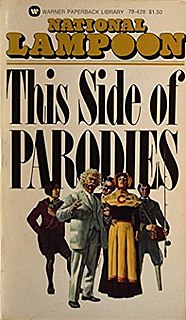
National Lampoon This Side of Parodies is an American humor book that was published by Warner Paperback Books in 1974. It was a spin-off of National Lampoon magazine. The book consisted of parodies of the work of famous writers, including Richard Brautigan, Boccaccio, Raymond Chandler, Henri Charrière, John Cleland, ee cummings, T. S. Eliot, Kahlil Gibran, Gerard Manley Hopkins, and Shakespeare.

The Prophet is a 2014 animated drama film adapted from Kahlil Gibran's 1923 book The Prophet. Produced by Salma Hayek, whose voice is also present, the production consisted of different directors for each of the film's collective essays, with animation director Roger Allers supervising and credited as screenwriter. Segment directors include Paul and Gaëtan Brizzi, Joan C. Gratz, Mohammed Saeed Harib, Tomm Moore, Nina Paley, Bill Plympton, Joann Sfar and Michal Socha.
The Earth Gods is a literary work written by poet and philosopher Kahlil Gibran. It was originally published in 1931, also the year of the author's death. The story is structured as a dialogue between three unnamed earth gods, only referred to as First God, Second God, and Third God. As is typical of Gibran's works, it is a classic that focuses on spiritual concepts.
Henrietta Breckenridge Boughton (1878–1961), better known by her pen name Barbara Young, was an American art and literary critic in the 1920s, and a poet. She met Kahlil Gibran at a reading of The Prophet organized by rector William Norman Guthrie in St. Mark's Church in-the-Bowery and would be his secretary from 1925 until his death. She revised and published Gibran's book The Garden of the Prophet, after Mary Haskell had made her own revision. Her book This Man from Lebanon: A Study of Kahlil Gibran was published by Alfred A. Knopf on January 15, 1945. Some of her writing was featured in Thomas Moult's anthology The Best Poems of 1931.
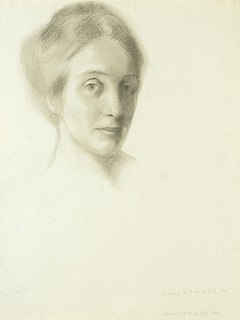
Mary Elizabeth Haskell, later Minis, was an American educator, best known for having been the benefactress of Lebanese-American writer, poet and visual artist Kahlil Gibran.

Charlotte Rose Teller, later Hirsch, also using the pen name John Brangwyn, was an American writer and socialist active in New York City. She graduated in 1899 from the University of Chicago (BA). Her book The Cage was published in 1907. Mark Twain had offered to endorse it "in the form of a letter to the actress Maude Adams". Mary Haskell introduced Teller and Kahlil Gibran to each other in January 1908.
Charlotte Teller came from an eminent Colorado family. Her father, James [Harvey] Teller, later rose to become the Attorney-General of the state, while her uncle, Henry Teller, was a famous and respected Senator.

Meraat-ul-Gharb was an Arabic-language newspaper founded and published in New York City by Najeeb Diab in 1899. By 1911, it was considered "the best Arabic newspaper" published in the United States. In 1908, Meraat-ul-Gharb was reported to be "one of the instruments which incited the Turkish military to its recent revolt" against the Ottoman Sultan's Government.
References
- ↑ Suheil Bushrui; Salma Kuzbari, eds. (1983). Blue Flame: the Love Letters of Kahlil Gibran to May Ziadah. Longman. p. xi. ISBN 9780582780781.
- ↑ Kahlil Gibran (1959). Anthony R. Ferris (ed.). Kahlil Gibran: A Self-Portrait. Kensington Publishing. p. 43. ISBN 9780806501086.
